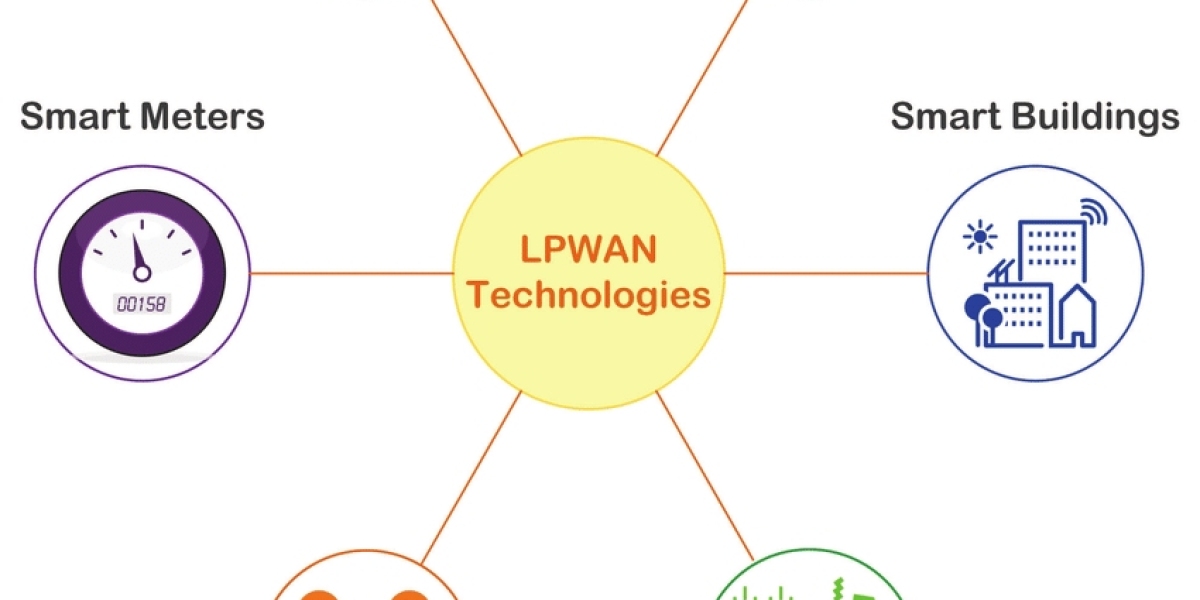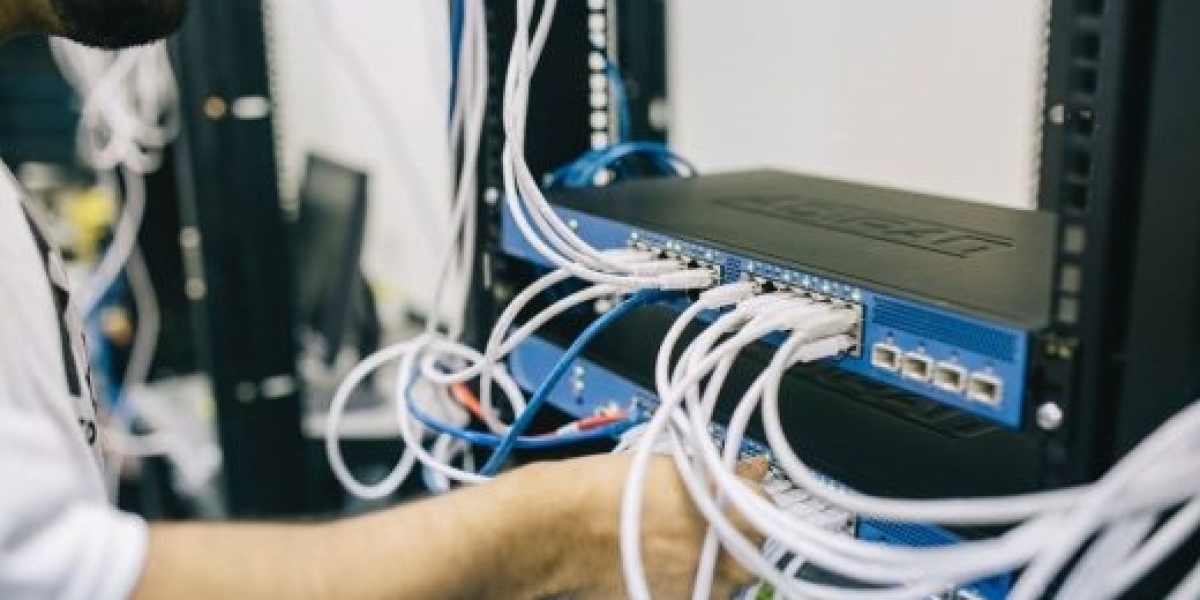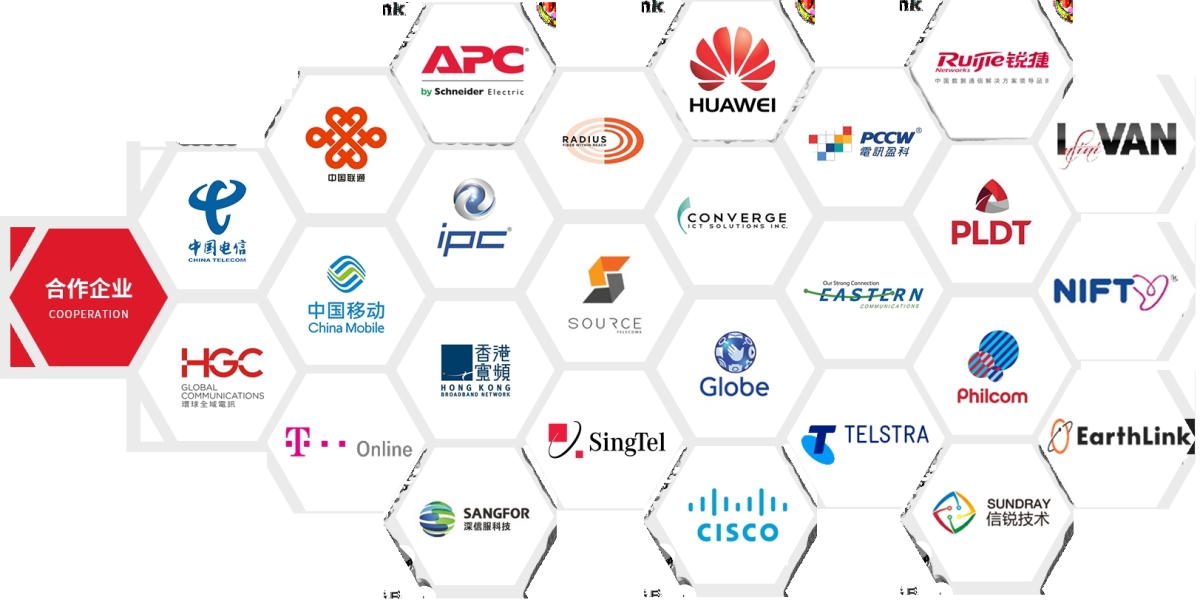What are the characteristics of LPWAN?
Long range: LPWAN technology operates over a range of several kilometers in urban areas to more than 10 kilometers in rural areas. It also enables efficient data communications in indoor and underground locations that were previously impossible.
Low power consumption: Optimized for power consumption, LPWAN transceivers can operate for up to 20 years on small and inexpensive batteries.
Low cost: LPWAN's simplified, lightweight protocol reduces the complexity of hardware design and reduces equipment costs. Its long range combined with the star topology reduces expensive infrastructure requirements, and the use of unlicensed or licensed frequency bands reduces network costs.
Fewer access points: Fewer access points (base stations, gateways) are needed to cover a wide area such as a city or even a country.
Good propagation and penetration: Typically operates in the Sub-GHz ISM band (unlicensed spectrum), which has good propagation characteristics, providing good coverage in dense areas and penetrating buildings and walls. Some LPWAN technologies, such as NB-IoT, operate in the licensed part of the spectrum.
High security: Cellular LPWAN technologies offer different levels of security, most of which include: user or device authentication, identity protection, network authentication, message confidentiality and key provisioning, support for denser device networks, etc.
Smaller data transmission packets: Cellular LPWAN supports asset tracking for smart agriculture solutions, including livestock. Cellular LPWAN supports data transmission in small, intermittent packets. These packets typically range in size from 10 to 1000 bytes, making cellular LPWAN ideal for a variety of industry applications, including: smart utilities, smart cities, connected healthcare, smart homes and buildings, smart agriculture, telematics, asset tracking, and more.
How does Fibocom LPWA module empower the Internet of Things?
The network requirements of the Internet of Things include high-speed bandwidth requirements for video applications, low-speed transmission of sensors, low latency for voice communications and control systems, and large capacity for dense deployment. LPWAN solutions can provide low cost, wide coverage (even indoors and in remote areas), lower power consumption, and longer battery life for terminal devices.
As a global leading provider of IoT wireless communication solutions and wireless communication modules, Fibocom not only provides the industry's most extensive and fully certified LPWA modules, but also provides industry-leading RF performance and key features, such as extended discontinuous reception (eDRX) and power saving mode (PSM). These features are critical for low-power operation, allowing the module to maintain ultra-low current power saving mode and wake up periodically to exchange data with the network. It will then go back to sleep to save battery life through duty cycle efficiency.
Compared to traditional mobile networks, LPWANs have reduced power requirements, longer transmission distances, and lower costs, thus enabling a wide range of M2M and IoT applications, many of which were previously limited by budget and power issues. The choice of LPWAN depends on the specific application, i.e. the required speed, data volume, and coverage area. LPWANs are best suited for applications that require infrequent uplink messages with smaller messages. Most LPWAN technologies also have downlink capabilities. LPWANs are commonly used in applications such as smart metering, smart lighting, asset monitoring and tracking, smart cities, precision agriculture, livestock monitoring, energy management, manufacturing, and industrial IoT deployments.









